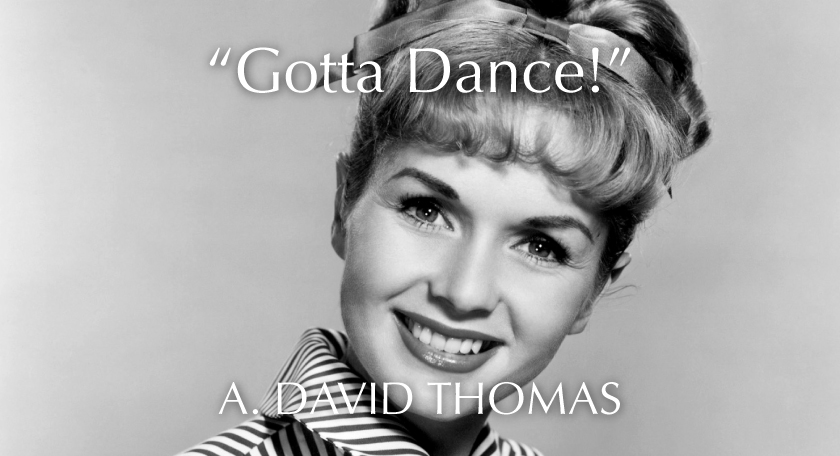On December 28, 2016 Debbie Reynolds died – the day following her daughter’s, Carrie Fishers death. Debbie was 84 and Carrie was 60 and both of them exhausted their lives – they had to dance.
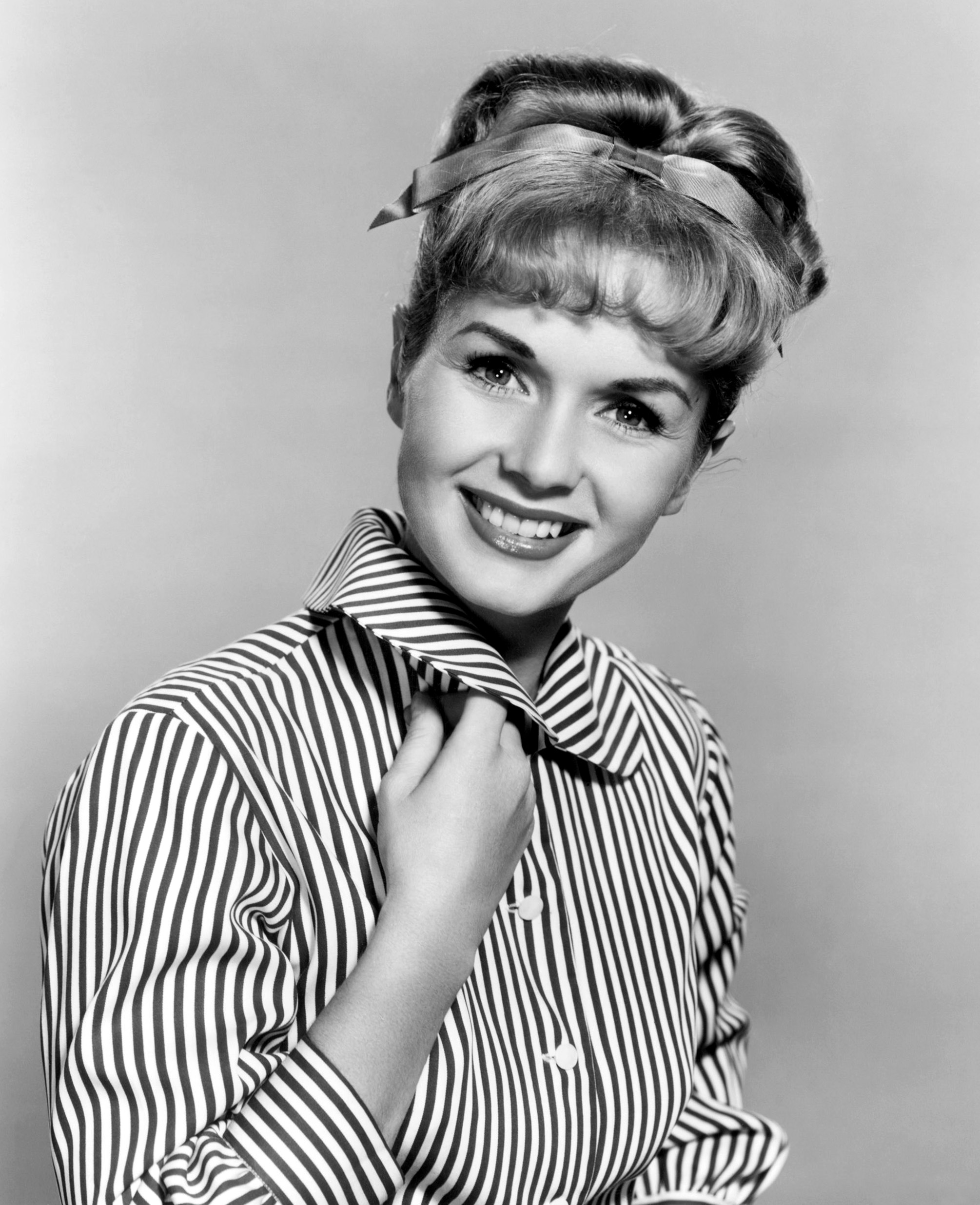
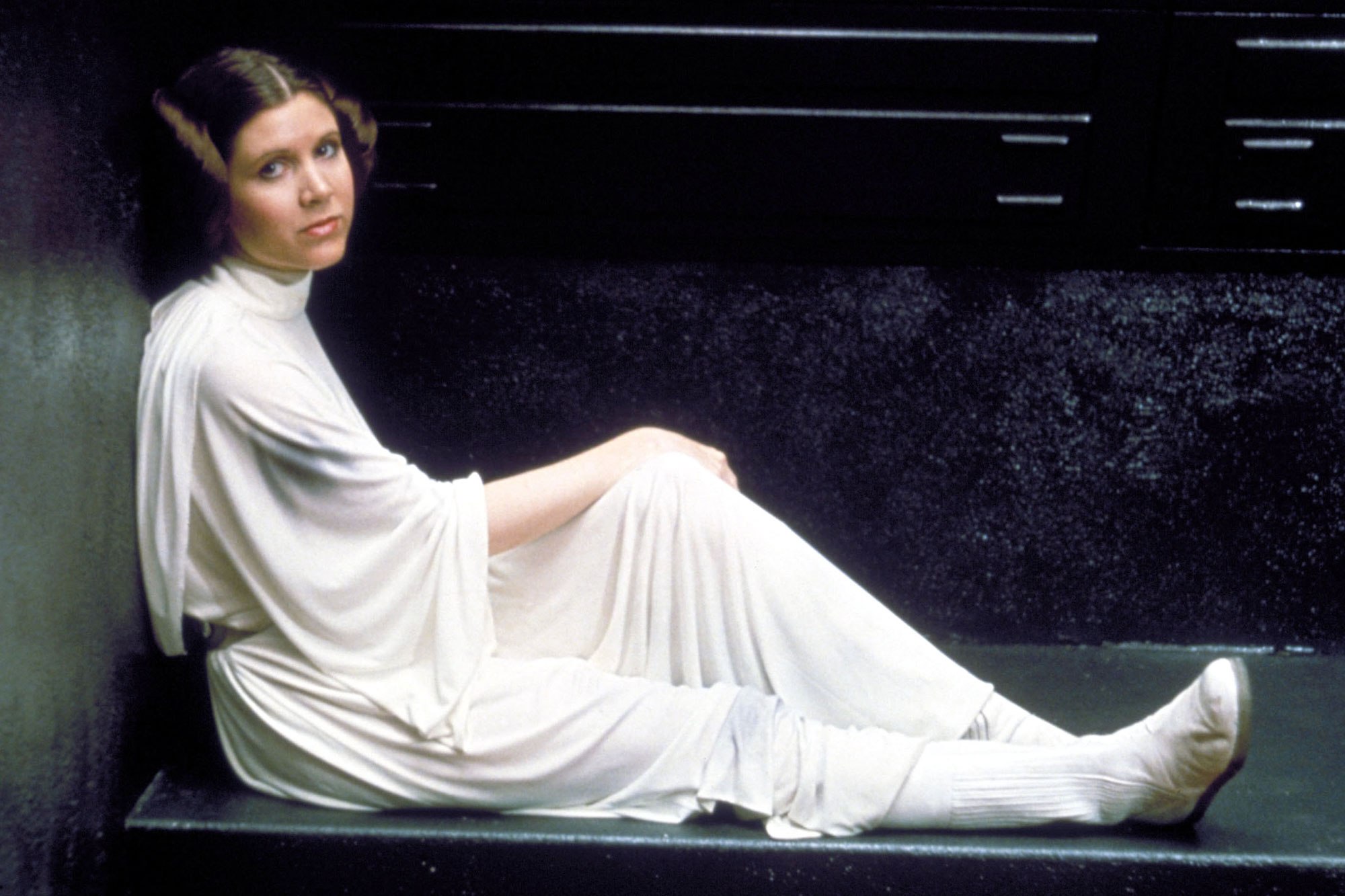 Debbie always felt she had a lot in common with Molly Brown of unsinkable fame – she might sink, but she wouldn’t stay down.
Debbie always felt she had a lot in common with Molly Brown of unsinkable fame – she might sink, but she wouldn’t stay down.
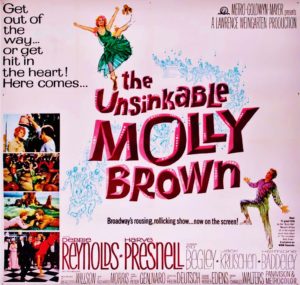
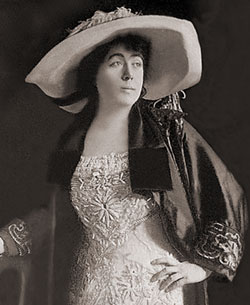 Both Molly (Take a moment and look Molly Brown up, she’s a pistol) and Debbie had a rough and tumble ride of a life. Debbie had a terrible time when it came to picking men, but the audience loved her. Carrie had little luck with men as well, but her marriage to Paul Simon lasted close to a year, influenced three of his songs and their friendship lasted longer. Carrie was a walking advertisement for the consequences of being a manic depressive. But you couldn’t ignore either them – wherever they went there were sparks and sparkles. Debbie career was stellar and only Carrie could write and autobiographical movie script where her mother had to be played by Shirley MacLaine and Carrie self written persona had to be created by Meryl Streep – Postcards from the Edge.
Both Molly (Take a moment and look Molly Brown up, she’s a pistol) and Debbie had a rough and tumble ride of a life. Debbie had a terrible time when it came to picking men, but the audience loved her. Carrie had little luck with men as well, but her marriage to Paul Simon lasted close to a year, influenced three of his songs and their friendship lasted longer. Carrie was a walking advertisement for the consequences of being a manic depressive. But you couldn’t ignore either them – wherever they went there were sparks and sparkles. Debbie career was stellar and only Carrie could write and autobiographical movie script where her mother had to be played by Shirley MacLaine and Carrie self written persona had to be created by Meryl Streep – Postcards from the Edge.
Personally, I noticed Debbie when she became my first living, real life human crush at 14. Prior to that I felt more comfortable with Disney animated females, Wendy and Alice to name two. They were real friendly in my imagination.
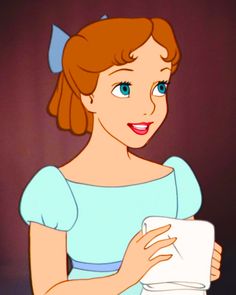
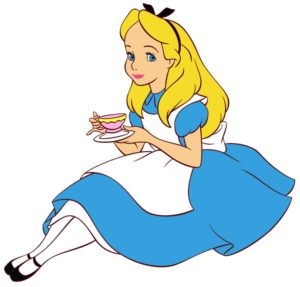 My commitment to Debbie Reynolds was full out. I wrote her a fan letter and asked for a picture. She, or probably an assistant sent me one. The picture above looks familiar, but to give you a sense of her – look at this.
My commitment to Debbie Reynolds was full out. I wrote her a fan letter and asked for a picture. She, or probably an assistant sent me one. The picture above looks familiar, but to give you a sense of her – look at this.
Debbie was 25 years old when she played Tammy, but Tammy, the character, was 17. So my attractions was not as strange as it might seem. I met her as Tammy, but her real breakthrough was in Singing in the Rain. She was nineteen, just like her daughter Carrie’s breakout role as Princess Leia in Star Wars.
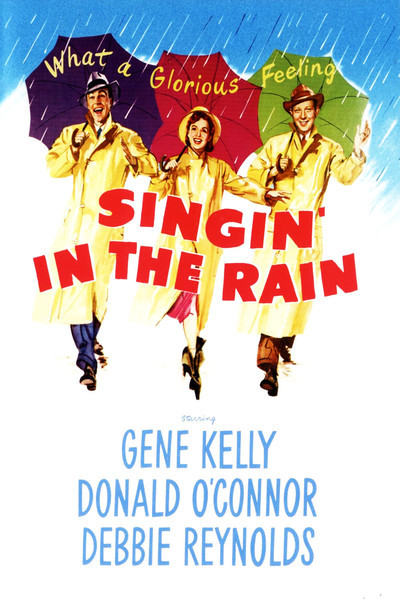
 Now this is the set up for a story. A story about Debbie Reynolds becoming a dancer. Debbie has told this story at least twice in two of her autobiographies. 1.
Now this is the set up for a story. A story about Debbie Reynolds becoming a dancer. Debbie has told this story at least twice in two of her autobiographies. 1.
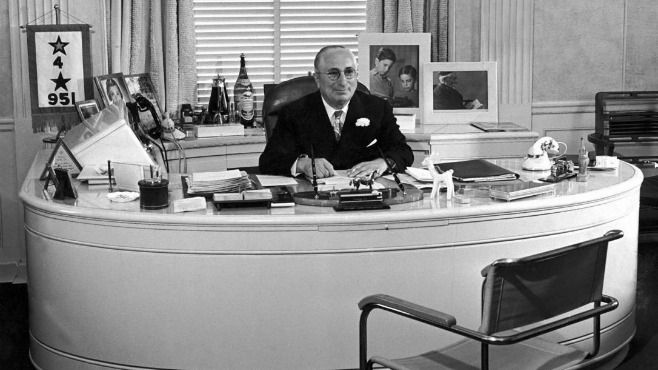
In early spring of 1951 Debbie Reynolds was called to the office of her boss Louis B. Mayer. Louis B. Mayer ran M.G.M. studios and an a call to his office was a big deal. Debbie entered fearfully, but Mr. Mayer was smiling. He told her he was pleased with her work. She had been in several films and even a successful popular song – Aba Daba Honeymoon. Take a look.
Obviously Debbie was a talent and a capable dancer by 195o. The studio, Mayer explained, was now going to feature her in her first starring role, and her co-stars would be Gene Kelly and Donald O’Connor. Now Debbie was a fan of both men’s work and she was thrilled. The movie would be called “Singing in the Rain.”
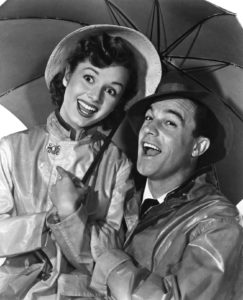
She was also told that Gene Kelly, the movie’s star and director was on his way to meet her. Right on cue Mayer’s secretary “buzzed” and announced that Kelly had arrived. He was sent right in. Kelly had no idea why he was there, but entered, said hello, and was totally charming to Debbie. It was then that Mayer dropped the bomb, “Gene, Meet your new co-star!”
Kelly could only stare dumbfounded. He was a consummate perfectionist and suffers over every small detail of any artistic enterprise that wore his name. He matched himself with dancers the way a horse breeder would match bloodlines and he knew nothing of this little girl’s work.
“Do you dance?”, he asked hopefully. “No,… Well a little.” Debbie answered.
“Do you sing?”
“Not really,” she timidly replied.
He then asked her to stand up and said, “Do a time step.” Debbie complied by doing the only step she was confident at, a waltz clog; as Kelly grew even more agitated. He corrected her mistake; and his tone clued our young, almost dancer, in on the fact that she was coming “up short.”
He asked, “Can you do a maxi ford?”, Kelly favorite step, but she answered, “I don’t have a car.”
Gene Kelly looked dejectedly at Louis B. Mayer and said, “L.B. what are you doing to me?” Unfortunately for young Debbie Reynolds, L.B. had a plan.
The studio had, but a few weeks to get nineteen year old Debbie Reynolds “Up to speed.” O’Conner’s and Kelly’s skill was the result of a significant lifetime of dancing and learning, but L. B. Mayer’s plan was to cram that much skill and learning into Debbie in just three months. Three teachers were assigned to work in shifts – Ernie Flatt, who would one day choreograph “The Carol Burnett Show” ; Carol Haney, Kelly’s assistant, and one day star of the Broadway play “The Pajama Game;” and Jeane Coyne, who would soon be Mrs. Gene Kelly.
Eight hours a day, three shifts of teachers hammered dancing into Debbie. It was not just a matter of learning to dance, Debbie also had to learn how to match the dancing styles of two of the entertainment world’s truly exceptional dancers. Day after day the training went on. Blisters formed over the blisters on her feet and then finally broke and bled into her shoes. Her body ached as her heart yearned for some comforting words. She needed the gentle assurance that she was improving and would one day would “come up to snuff”, but everyone was too busy. There was so much to do and no one had the time to encourage a dancer “want to be.” As the deadline approached, her emotional mercury began to boil, and finally she exploded with rage; removed her shoe; and threw it across the room with such force that she shattered a wall of practice mirrors. She was exhausted, dishearten, and humiliated. To keep from providing any other public displays of her growing frustration she would sneak off to an empty sound stage and there under a grand piano she let it all out. She sobbed, and sobbed, and sobbed.
But one day, Debbie was interrupted from her crying under the piano by a voice. The voice asked simply, “Why are you crying?”
Debbie chocked back her tears and looked towards the voice. All she could see was a pair of immaculate trouser legs and some expensive shoes, standing below the base of piano. She said, “I’m crying because I’ll never learn any of it. I can’t do it anymore and I feel like I’m going to die. It’s so hard. I can’t… I can’t..”
“You won’t die,” the voice counseled. “That’s what it costs to learn to dance.” Debbie pulled herself out from under the piano and looked up into the concerned face of Fred Astaire.
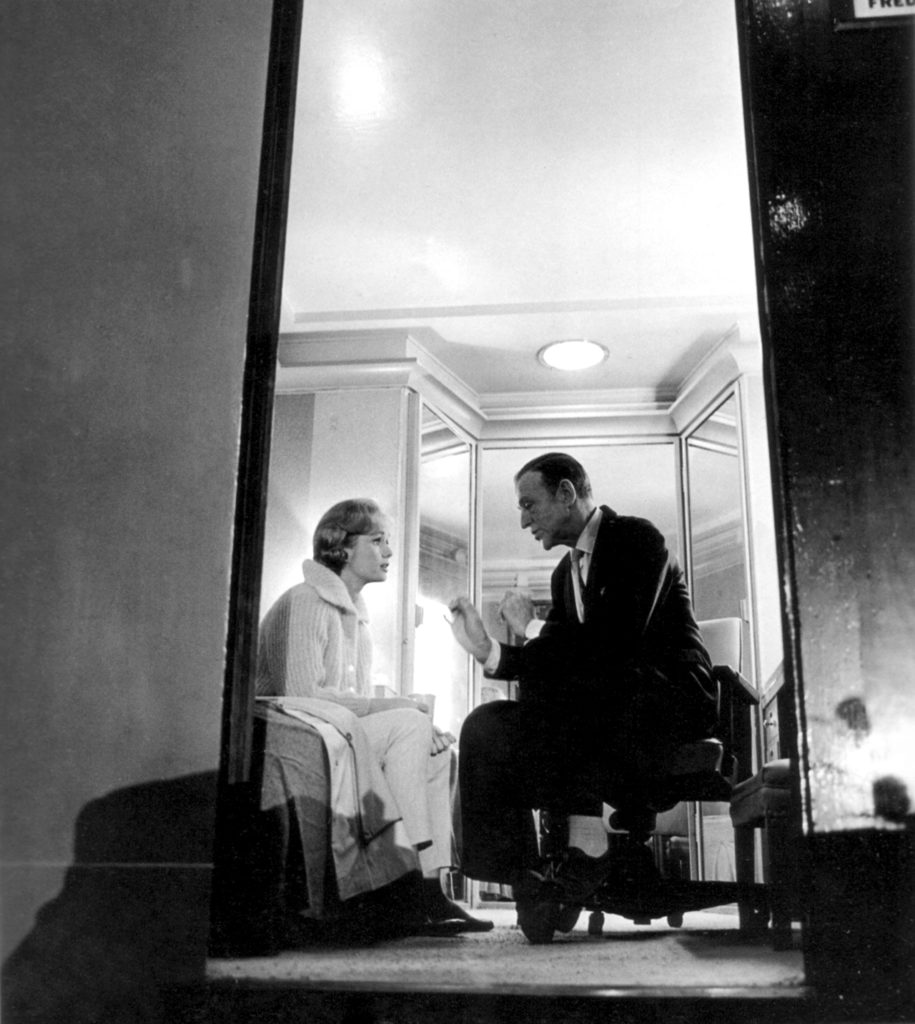
Debbie and Fred would work together in The Pleasure of His Company in 1961
Now Fred Astaire, of course knew dancing, but he also knew about the anxiety of “coming up to speed.” Gene Kelly said, “the history of dance in film begins with Astaire.” Fred and Adele his sister had been dancing together from just this side of babyhood and by 1917 were rapidly becoming established Broadway stars. But in 1932 Adele married into the British Aristocracy – Lord Charles Cavendish the second son of the 9th Duke of Devonshire and Fred had to look for a new dancing partner, or maybe a new career. In an effort to find a new route, Fred even “made a go” at Hollywood, but Hollywood legend claims that the some studio underling’s evaluation of Astaire screen test contained the following line:
Can’t act. Can’t sing. Slightly bald. Can dance a little.
Fred knew about paying dues and “coming up short.”
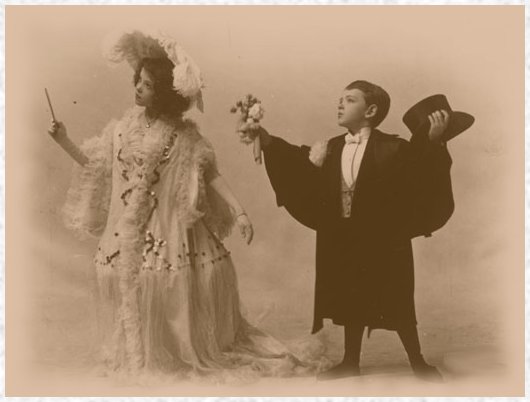

Fred and Adele
He gently helped her up and said, “Come and watch me.”
Now nobody was allowed to watch Fred Astaire practice, not even Louis B. Mayer, but Astaire knew the price of dancing and wanted to validate Debbie’s effort. She watched as he prepared for a new movie called “The Royal Wedding” and guess what: he cried; he got angry; he became convinced that he would never get it; he’d develop blisters on the blisters on his feet, then they would break and stain the inside of his dancing shoes with blood. As Debbie watched she effectively learned the true price for dancing and something more, she learned that life is painful and hard for everyone, even dancers; even dancers like Fred Astaire.
By the way, Fred’s movie called “The Royal Wedding” is the Hollywoodized story of Fred and Adele’s split and Adele’s route into royalty.
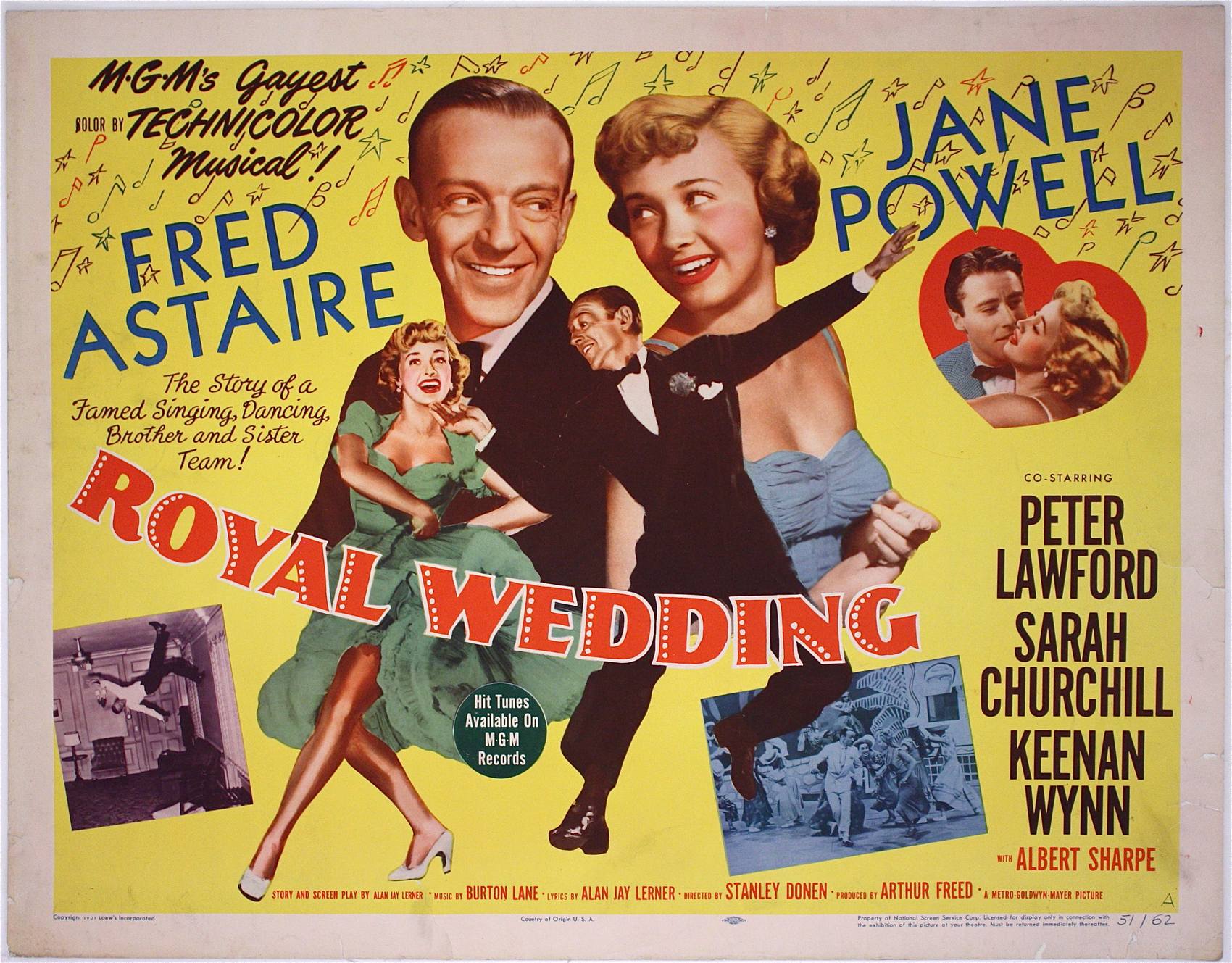
Note too the name of Sarah Churchill in the cast. Sarah is the third child of Winston and Clementine Churchill and she dances with Fred in the movie. I think Fred was very kind to Lady Churchill too. Nice guy!
Now just in case you wonder if Debbie made it look at this –
Hey Gotta Dance! Do you know what you gotta do?
I’ll miss Debbie and the caustic, but perceptiveness of Carrie. Carrie was always kind with her needle sharp criticism. She always aimed it at herself. I hope that both of them can take a big breath, rest and cuddle up on the other side.
1. Two books I read were Debbie: My Life (1988) and Unsinkable: A Memoir (2013). I love Carrie as a writer. She was a professional script doctor – her career as a script doctor became the stuff of legend in the 1990s. Fisher was responsible for fixing up Hook in 1991, Sister Act in 1992, Lethal Weapon 3 in 1992,The Wedding Singer in 1998 and she tweaked a lot of Star Wars. And, like Debbie, she has her own list of movie roles, not just the Princess.

